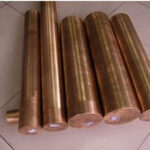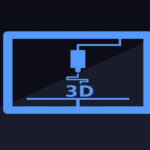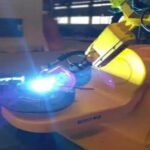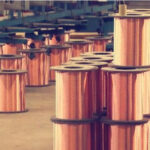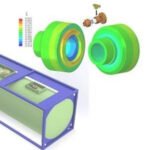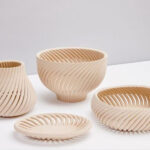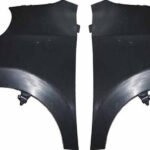How Accurate Is The 3D Printing Parts?
Table of Contents
|
“What is the accuracy of your 3D printed parts?” This is a question often asked by 3D printing practitioners. So what is the accuracy of 3D printing? The answer to this question depends on many factors, the type of 3D printing technology, the status of the 3D printer and the settings of the printing parameters, the selected materials, the model design, etc. |
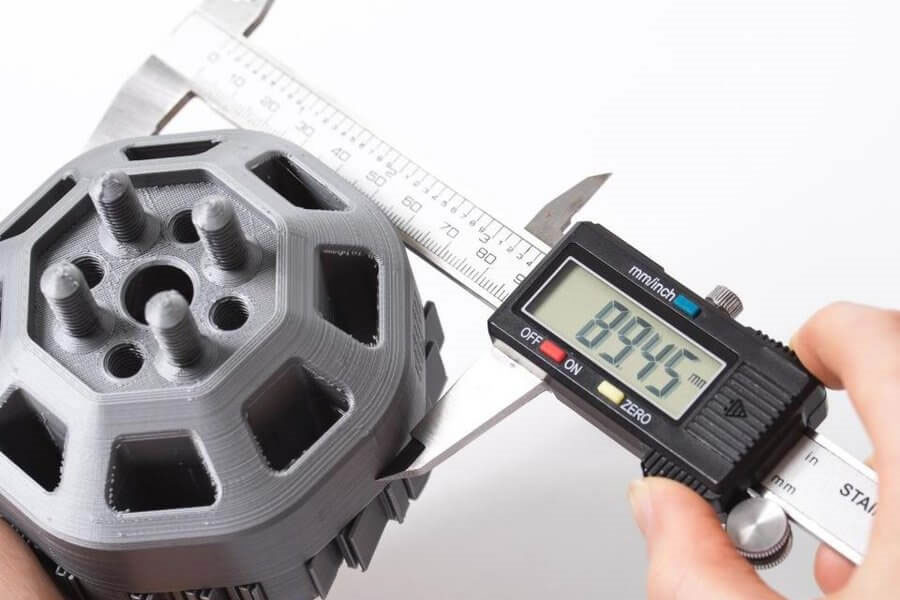
1. What is accuracy
In short, accuracy is the closeness of the parts actually produced to match the original design size and form, which is a measure. Since 3D printers rely on multiple moving parts, this process will never produce a 100% accurate part (neither will any manufacturing process). Accuracy is generally expressed in units of percentage or millimeters, such as ±1% or ±0.5 mm.
2. The accuracy of different 3D printing technologies
Different 3D printing technologies have different accuracy.
FDM
Fused deposition is currently the most popular 3D printing technology (because it is the most affordable), and a large number of desktops currently use this technology.
The accuracy of a desktop FDM 3D printer is about ±0.5 mm. The accuracy of industrial FDM printers is approximately ±0.2 mm.
SLA, DLP
Photopolymerization printing technologies such as SLA and DLP use light sources such as lasers or projectors to cure photosensitive resins. The accuracy is about ±0.1 mm. The accuracy of a professional resin 3D printer is about ±0.01 mm.
SLS
Selective laser sintering, which uses a laser to sinter powder particles, usually nylon powder. The accuracy is about ±0.3 mm.
SLM
Metal powder fusion processes such as SLM use lasers to melt or sinter metal powder particles with an accuracy of about ± 0.1 mm.
Material jet
Although not as common as similar technologies, the material ejection is very precise because it does not require heating, which can cause deformation, such as warping. The accuracy is about ±0.05 mm.
3.Other factors affecting dimensional accuracy
The type of 3D printing technology is not the only factor that determines the accuracy of 3D printing. Materials, part design and printing parameters also have an impact on accuracy.
Printer quality: There is a big gap between the quality of high-end printers and entry-level printers. Desktop-level 3D printers generally only cost a few thousand, and industrial-level 3D printers start from tens of thousands. The difference in electronic components such as stepper motors used at different prices can be imagined.
Part design: Even the best 3D printers can hardly accurately 3D print poorly designed parts. For example, the area is too large, the length is too long, and there is no support.
Materials: Some materials are easier to print than others, so they are more conducive to manufacturing precise parts. Non-standard materials (such as flexible PLA, alloys containing precious metals) often sacrifice printability in exchange for their unique advantages.
Printing parameters: The user can customize the printing parameters according to the setting range of the printer, such as layer height, printing speed, filling material, etc. These parameters will have a certain impact on accuracy. For example, the faster the printing speed, the lower the accuracy.
Fourth, how to improve 3D printing accuracy
Delete or simplify difficult features when designing parts.
Export the STL file at the highest possible resolution.
Calibrate the 3D printer regularly or before important print jobs.
Use supports to stabilize objects when printing, and be careful when removing supports to avoid damaging parts or changing their final dimensions.
Use a heated print bed (FDM) or heated chamber (SLS/metal) to keep the temperature of the parts consistent to reduce deformation.
If there is no time requirement, reduce the printing speed as much as possible.
Link to this article: How Accurate Is The 3D Printing Parts?
Reprint Statement: If there are no special instructions, all articles on this site are original. Please indicate the source for reprinting:https://www.cncmachiningptj.com/,thanks!
 PTJ® provides a full range of Custom Precision cnc machining china services.ISO 9001:2015 &AS-9100 certified. 3, 4 and 5-axis rapid precision CNC machining services including milling, turning to customer specifications,Capable of metal & plastic machined parts with +/-0.005 mm tolerance.Secondary services include CNC and conventional grinding, drilling,die casting,sheet metal and stamping.Providing prototypes, full production runs, technical support and full inspection.Serves the automotive, aerospace, mold&fixture,led lighting,medical,bicycle, and consumer electronics industries. On-time delivery.Tell us a little about your project’s budget and expected delivery time. We will strategize with you to provide the most cost-effective services to help you reach your target,Welcome to Contact us ( [email protected] ) directly for your new project.
PTJ® provides a full range of Custom Precision cnc machining china services.ISO 9001:2015 &AS-9100 certified. 3, 4 and 5-axis rapid precision CNC machining services including milling, turning to customer specifications,Capable of metal & plastic machined parts with +/-0.005 mm tolerance.Secondary services include CNC and conventional grinding, drilling,die casting,sheet metal and stamping.Providing prototypes, full production runs, technical support and full inspection.Serves the automotive, aerospace, mold&fixture,led lighting,medical,bicycle, and consumer electronics industries. On-time delivery.Tell us a little about your project’s budget and expected delivery time. We will strategize with you to provide the most cost-effective services to help you reach your target,Welcome to Contact us ( [email protected] ) directly for your new project.
Link to this article:How Accurate Is The 3D Printing Parts?
Reprint Statement: If there are no special instructions, all articles on this site are original. Please indicate the source for reprinting.:Cnc Machining,Thank!^^

